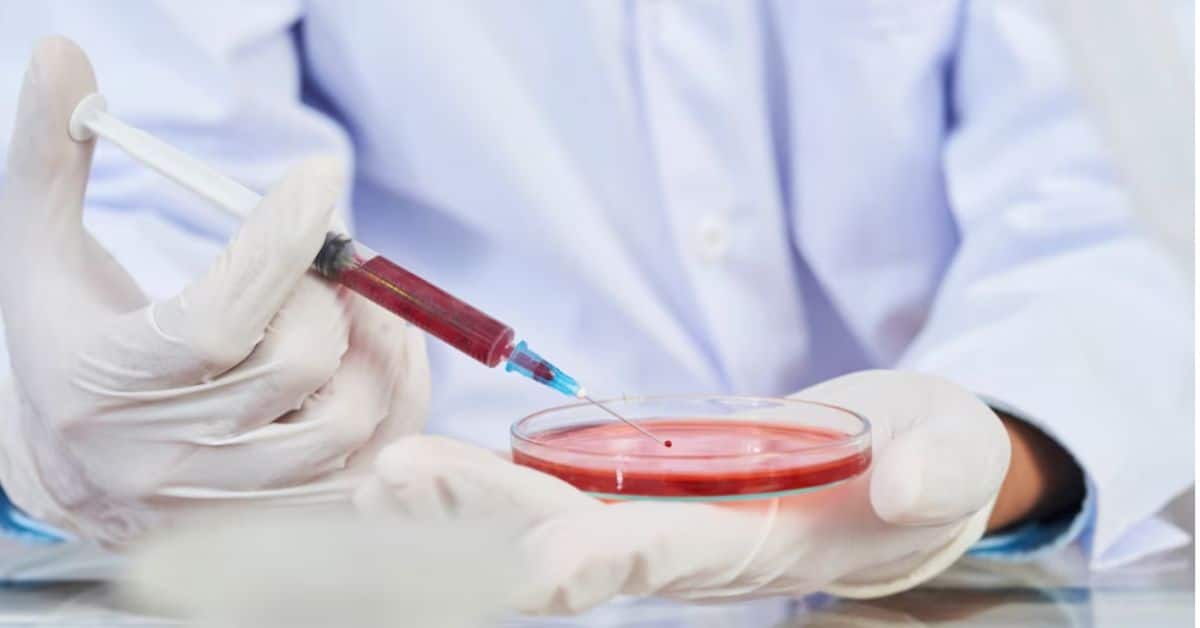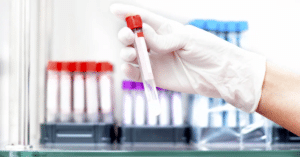In the world of modern medicine, accurate diagnostic tests play a crucial role in ensuring the well-being of patients. Among these, blood tests are a cornerstone for diagnosing various medical conditions. However, the reliability of blood test results heavily relies on the proper preservation of blood samples. This article delves into the art of sample preservation techniques and how it ensures test integrity in blood test laboratories. The blood test laboratory in Patiala prioritizes patient satisfaction through reliable testing, contributing to their status as a reputable diagnostic center.
The Significance of Blood Tests
Blood tests, also known as blood screenings or blood analyses, are fundamental tools in diagnosing diseases, monitoring health conditions, and assessing overall wellness. These tests provide valuable insights into a patient’s health status by analyzing blood components such as red blood cells, white blood cells, platelets, and various biomarkers. The information obtained from blood tests aids healthcare professionals in detecting, diagnosing, and monitoring a wide range of medical conditions, including infections, chronic diseases, organ function, and nutritional deficiencies. By assessing these biomarkers, doctors can tailor appropriate treatment plans, track the effectiveness of interventions, and ensure early detection of potential health issues.
The Importance of Sample Preservation
The accuracy of blood test results is contingent upon the preservation of blood samples from the moment they are collected until they are analyzed. Proper sample preservation ensures that the molecular and cellular components within the blood remain intact and reflective of the patient’s actual health condition. The blood test laboratory in Patiala prioritizes patient satisfaction through reliable testing, contributing to their status as a reputable diagnostic center. In essence, blood tests play a crucial role in promoting preventive care, optimizing medical management, and contributing to overall better patient outcomes.
Factors Affecting Sample Degradation
Various factors can contribute to the degradation of blood samples, including exposure to light, temperature fluctuations, and contamination. Hemolysis, the breakdown of red blood cells, can occur due to mishandling or improper storage, leading to inaccurate test results.Sample degradation refers to the deterioration of biological samples, such as blood, tissues, or DNA, which can impact the accuracy and reliability of diagnostic tests and research findings.
Techniques for Effective Sample Preservation
Blood test laboratories employ several techniques to preserve blood samples effectively:
Refrigeration and Freezing
Storing blood samples at low temperatures slows down enzymatic and microbial activity, prolonging the stability of the samples. Refrigeration at around 4°C and freezing at temperatures below -20°C are common methods.
Chemical Stabilization
Adding preservatives or anticoagulants to blood samples can prevent clotting and degradation. Ethylenediaminetetraacetic acid (EDTA) and citrate are commonly used anticoagulants.
Cryopreservation
Cryopreservation involves freezing blood samples at extremely low temperatures, usually with the addition of cryoprotectants. This method is ideal for long-term storage and preserving samples for advanced tests.
Innovations in Sample Preservation
Advancements in medical technology have led to innovative sample preservation methods:
Dry Blood Spot Collection
This technique involves collecting a small volume of blood onto filter paper, which is then air-dried and stored. Dry blood spot collection is convenient, requires minimal storage space, and reduces the need for special storage conditions.
Microfluidic Devices
Microfluidic devices use minute amounts of blood and allow for point-of-care testing. These devices are designed to minimize sample degradation and provide rapid results.
Ensuring Accuracy: Quality Control Measures
Maintaining the integrity of blood samples requires rigorous quality control measures:
Regular Equipment Calibration
Calibrating laboratory equipment ensures accurate measurements and reliable results. Regular maintenance and calibration prevent errors in sample analysis.
Staff Training and Protocols
Proper training of laboratory staff in sample collection, handling, and storage protocols is essential for preserving sample quality. Adhering to standardized procedures minimizes the risk of errors.
The Role of Automation in Sample Management
Automation plays a significant role in streamlining sample management. Automated systems can accurately handle and store samples, reducing the potential for human error.
Future Trends in Sample Preservation
The future of sample preservation in blood test laboratories holds exciting possibilities:
- Nanotechnology: Nanoscale materials could be integrated into sample collection devices to enhance preservation and reduce degradation.
- Advanced Cryopreservation: Cryopreservation techniques may advance, allowing for longer storage periods without compromising sample integrity.
Conclusion
The art of sample preservation is a vital component of ensuring test integrity in blood test laboratories. Proper preservation techniques, innovative methods, and stringent quality control measures collectively contribute to accurate and reliable blood test results. As technology continues to evolve, the field of sample preservation holds the promise of even greater advancements, further enhancing the accuracy of diagnostic tests. Offering a wide range of blood tests, the laboratory in Patiala ensures comprehensive and precise results for various medical needs.




